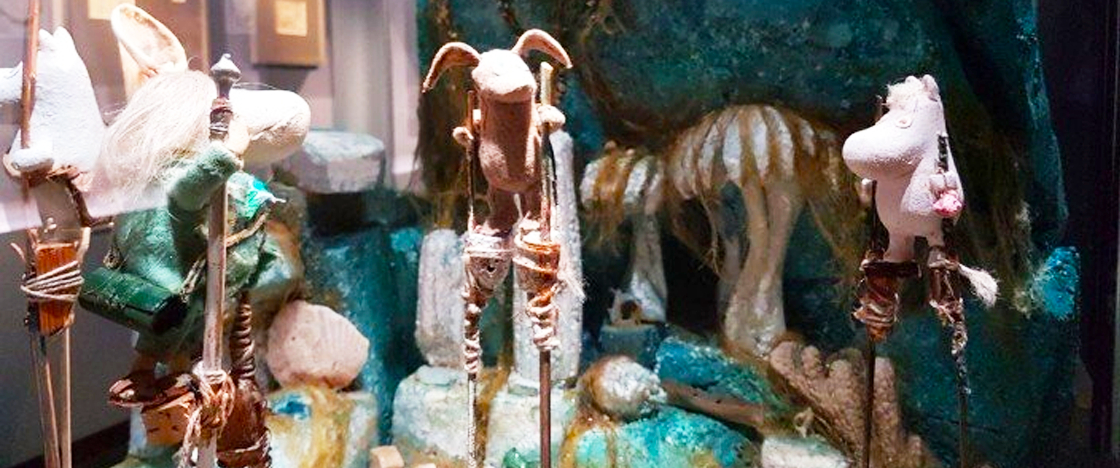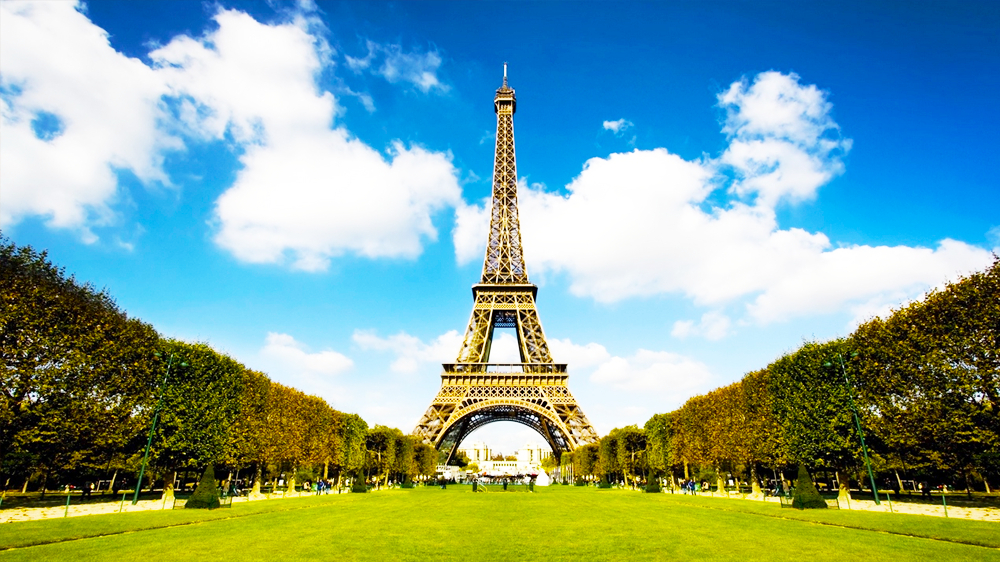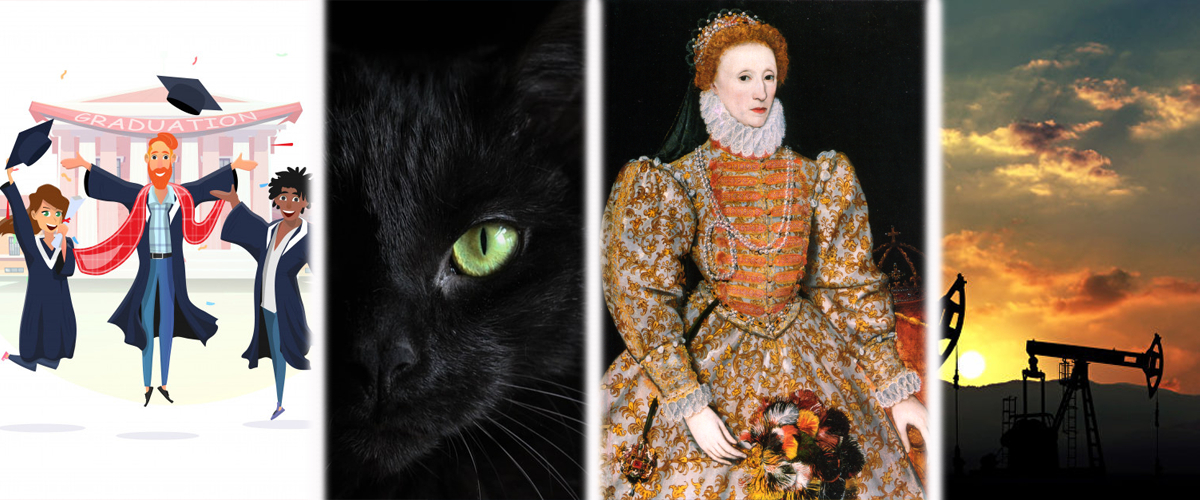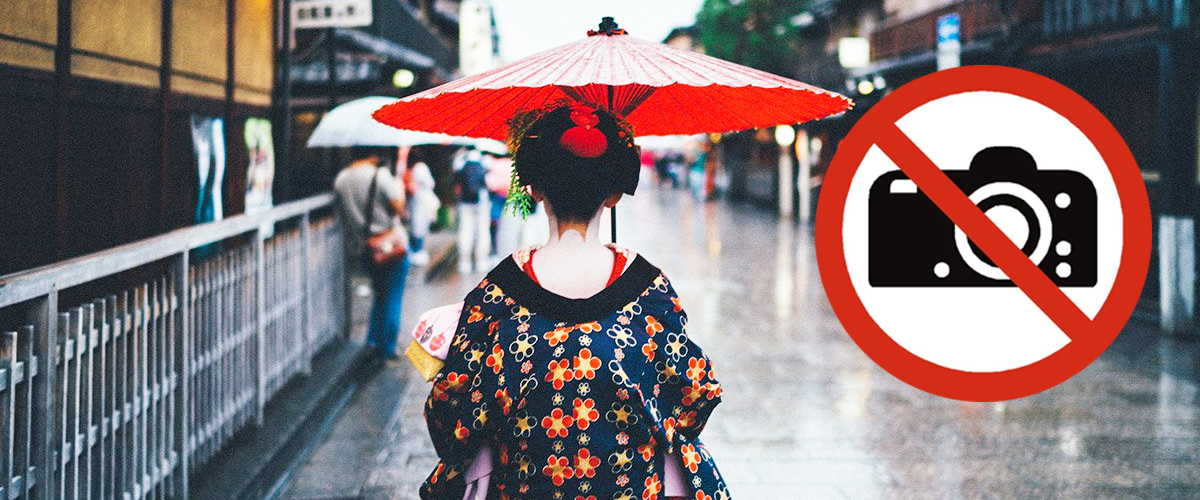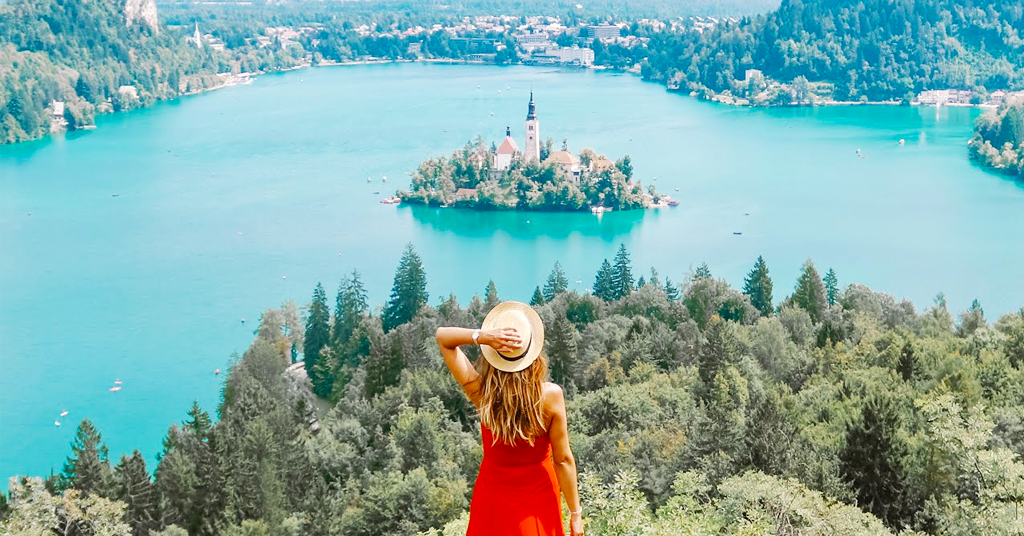The best of Kakheti - Tsinandali
Tsinandali, the historical home of Alexandre Chavchavadze and his family, is one of Georgia’s most important cultural sites. Tsinandali is a village in Kakheti, Georgia, noted for the estate and its historic winery which once belonged to the 19th-century aristocratic poet Alexander Chavchavadze. It is situated in the district of Telavi, 79 km east of Tbilisi.
As a museum and cultural center, it can offer an extraordinary experience for the general public, tourists, educators, students, and researchers. No better place exists to tell the story of the powerful family that left a lasting mark on Georgia’s history, to expose visitors to traditional as well as contemporary Georgian arts and values, and to inspire both Georgians and international visitors to consider the possibilities for the future of their nations and world.
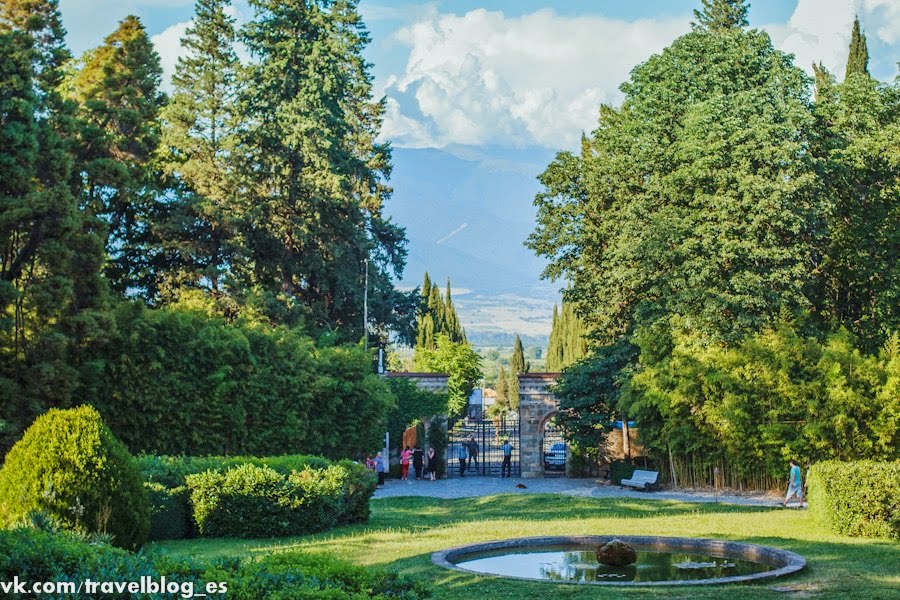 Alexander Chavchavadze inherited this village, lying in the Alazani River vally, from his father,Prince Garsevan. He refurbished the estate, constructed a new Italianate palace and built a decorative garden in 1835. It was the place where Chavchavadze frequently entertained foreign guests with music, wit, and – most especially – the fine vintages made at his estate winery.
Alexander Chavchavadze inherited this village, lying in the Alazani River vally, from his father,Prince Garsevan. He refurbished the estate, constructed a new Italianate palace and built a decorative garden in 1835. It was the place where Chavchavadze frequently entertained foreign guests with music, wit, and – most especially – the fine vintages made at his estate winery.
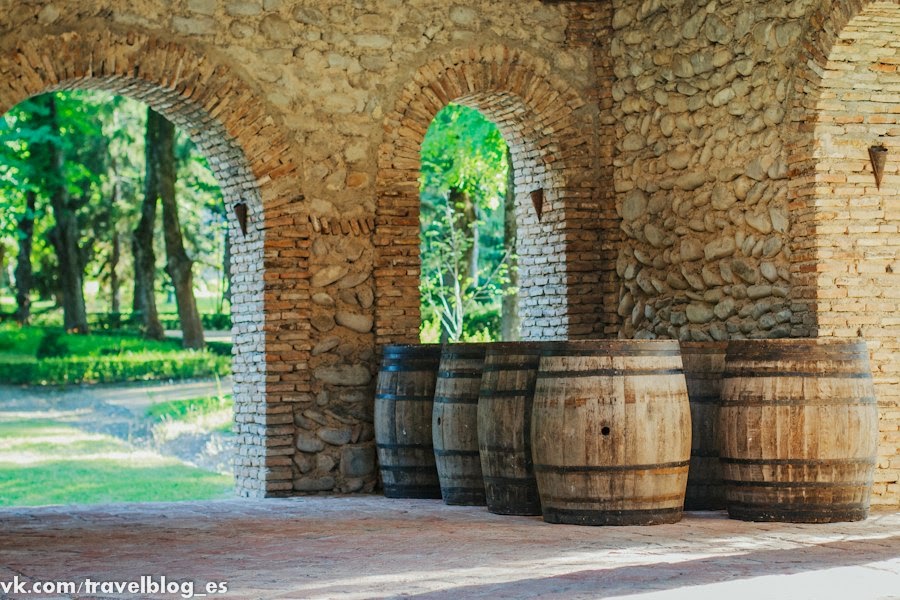
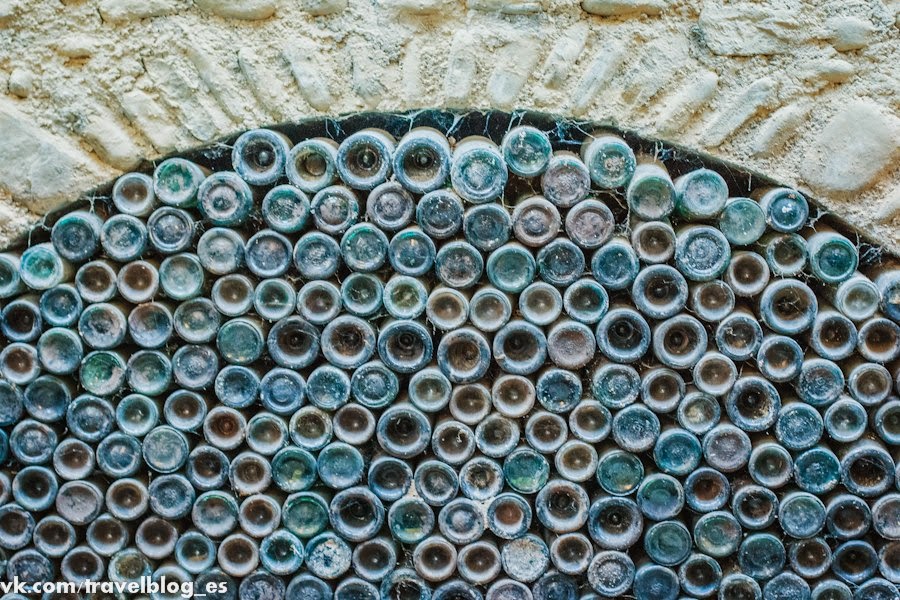 Familiar with European ways, Chavchavadze built Georgia’s oldest and largest winery where he combined European and centuries-long Georgian winemaking traditions. The highly regarded dry white Tsinandali is still produced there.
Familiar with European ways, Chavchavadze built Georgia’s oldest and largest winery where he combined European and centuries-long Georgian winemaking traditions. The highly regarded dry white Tsinandali is still produced there.
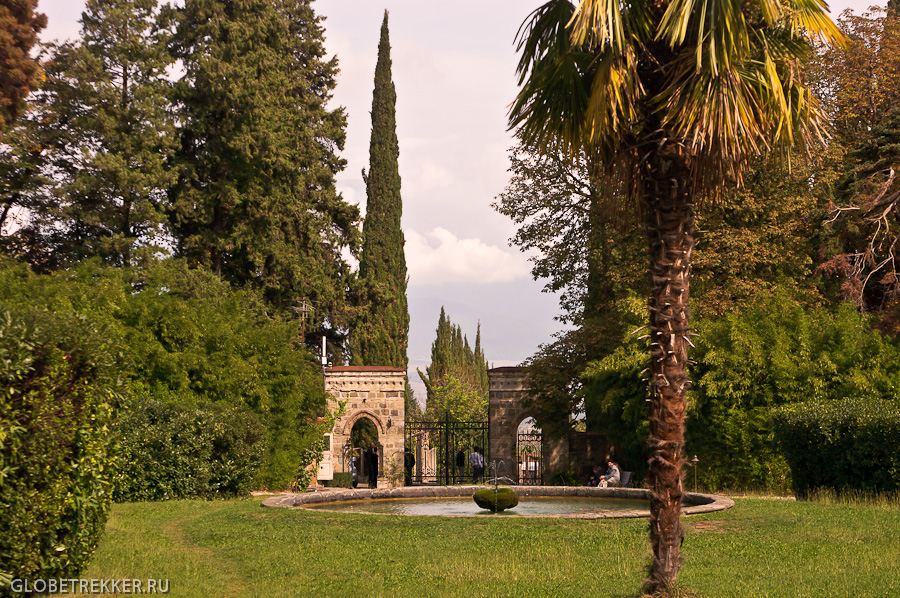 The park consisted of orchards, walks, and paths lined with vines, flowerbeds, and traditional Georgian rose bushes. It also incorporated a number of existing oak, lime, and maple trees; now 400 to 500 years old, these stand as strong reminders of the Chavchavadze family’s legacy.
The park consisted of orchards, walks, and paths lined with vines, flowerbeds, and traditional Georgian rose bushes. It also incorporated a number of existing oak, lime, and maple trees; now 400 to 500 years old, these stand as strong reminders of the Chavchavadze family’s legacy.
 In 1854, the Tsinandali estate was burned by a raiding force of the Islamic guerilla leader Shamil. The damage to the park was grave enough to make restoration of its initial design impossible. On February 8, 1886, the Chavchavadze family estate and park were acquired by the Estate Department of the Russian Empire as a result of family’s indebtedness Reconstruction followed, under the direction of a group of St. Petersburg architects. Renovation plans for the park were created by Arnold Regel (1846-1917), a prominent landscape architect from St. Petersburg.
In 1854, the Tsinandali estate was burned by a raiding force of the Islamic guerilla leader Shamil. The damage to the park was grave enough to make restoration of its initial design impossible. On February 8, 1886, the Chavchavadze family estate and park were acquired by the Estate Department of the Russian Empire as a result of family’s indebtedness Reconstruction followed, under the direction of a group of St. Petersburg architects. Renovation plans for the park were created by Arnold Regel (1846-1917), a prominent landscape architect from St. Petersburg.
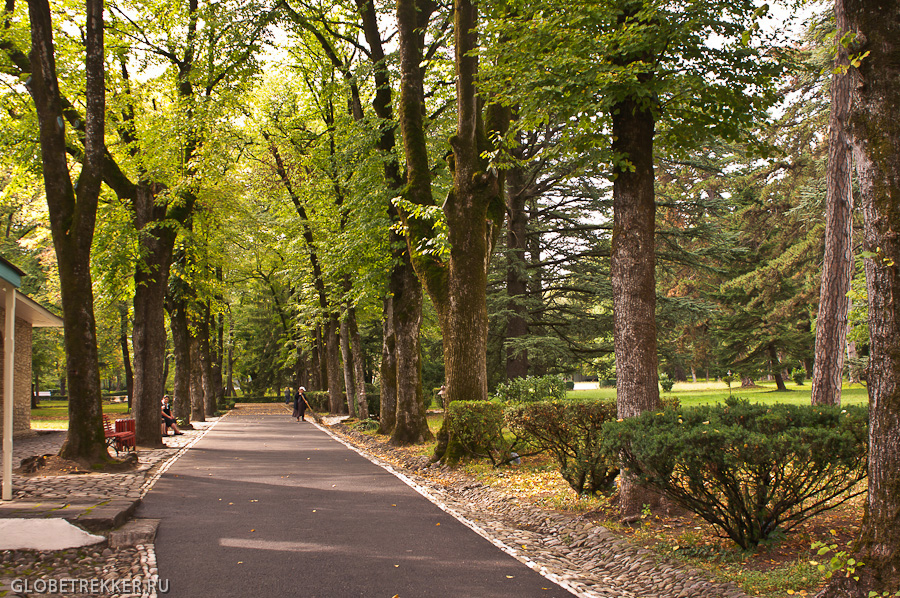 The park layout that Regel created is largely in the English style similar to the parks at Richmond, Kew Gardens, and Kensington Gardens. It offers a variety of plant species, forms, and colors; both open and closed areas; and both close and distant perspectives. From the main entrance, visitors see the front façade of the palace, dominating the park.
The park layout that Regel created is largely in the English style similar to the parks at Richmond, Kew Gardens, and Kensington Gardens. It offers a variety of plant species, forms, and colors; both open and closed areas; and both close and distant perspectives. From the main entrance, visitors see the front façade of the palace, dominating the park.
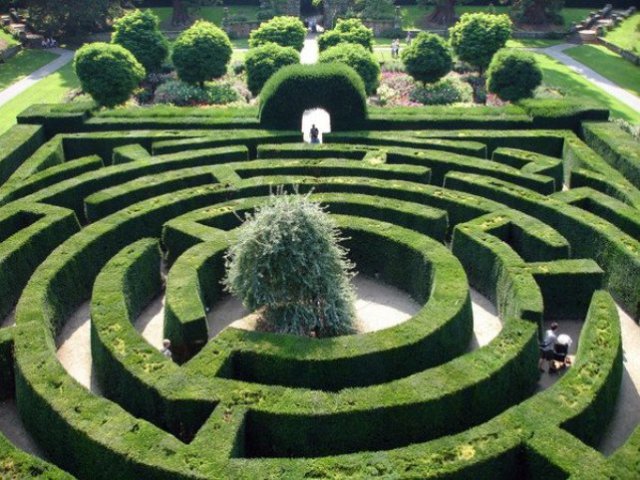 The Tsinandali House Museum has unusual evocative power. Roaming its rooms and halls takes visitors back in time and raises tantalizing questions about its former inhabitants and their world: Who lived here? What was the basis of their prosperity?
The Tsinandali House Museum has unusual evocative power. Roaming its rooms and halls takes visitors back in time and raises tantalizing questions about its former inhabitants and their world: Who lived here? What was the basis of their prosperity? 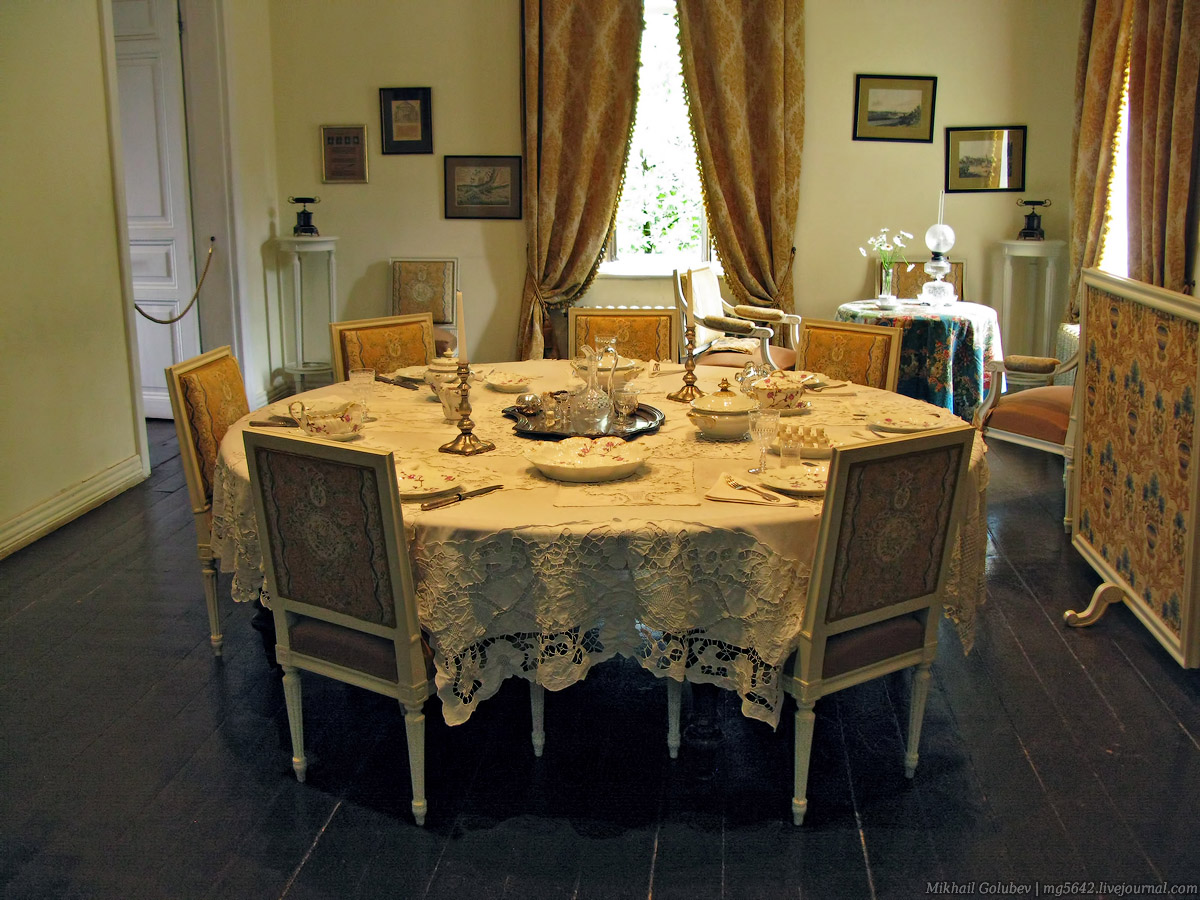 What role did literature, art, and music play in their lives? What was their significance in Georgia’s social, cultural, political, economic, and military history? What important events occurred here?
What role did literature, art, and music play in their lives? What was their significance in Georgia’s social, cultural, political, economic, and military history? What important events occurred here?
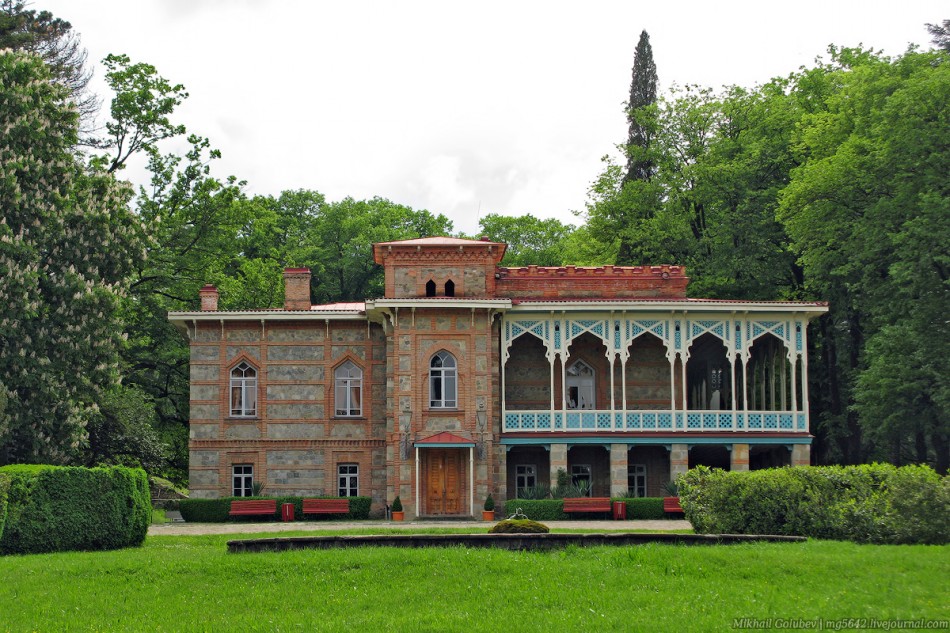 The rectangular house is situated in the midst of a serene botanical garden. The exterior façade features unusually fine stonework; a veranda that incorporates ornamental woodwork wraps around two sides of the house.
Source: wikipedia, achp.si.edu
The rectangular house is situated in the midst of a serene botanical garden. The exterior façade features unusually fine stonework; a veranda that incorporates ornamental woodwork wraps around two sides of the house.
Source: wikipedia, achp.si.edu
 Alexander Chavchavadze inherited this village, lying in the Alazani River vally, from his father,Prince Garsevan. He refurbished the estate, constructed a new Italianate palace and built a decorative garden in 1835. It was the place where Chavchavadze frequently entertained foreign guests with music, wit, and – most especially – the fine vintages made at his estate winery.
Alexander Chavchavadze inherited this village, lying in the Alazani River vally, from his father,Prince Garsevan. He refurbished the estate, constructed a new Italianate palace and built a decorative garden in 1835. It was the place where Chavchavadze frequently entertained foreign guests with music, wit, and – most especially – the fine vintages made at his estate winery.

 Familiar with European ways, Chavchavadze built Georgia’s oldest and largest winery where he combined European and centuries-long Georgian winemaking traditions. The highly regarded dry white Tsinandali is still produced there.
Familiar with European ways, Chavchavadze built Georgia’s oldest and largest winery where he combined European and centuries-long Georgian winemaking traditions. The highly regarded dry white Tsinandali is still produced there.
 The park consisted of orchards, walks, and paths lined with vines, flowerbeds, and traditional Georgian rose bushes. It also incorporated a number of existing oak, lime, and maple trees; now 400 to 500 years old, these stand as strong reminders of the Chavchavadze family’s legacy.
The park consisted of orchards, walks, and paths lined with vines, flowerbeds, and traditional Georgian rose bushes. It also incorporated a number of existing oak, lime, and maple trees; now 400 to 500 years old, these stand as strong reminders of the Chavchavadze family’s legacy.
 In 1854, the Tsinandali estate was burned by a raiding force of the Islamic guerilla leader Shamil. The damage to the park was grave enough to make restoration of its initial design impossible. On February 8, 1886, the Chavchavadze family estate and park were acquired by the Estate Department of the Russian Empire as a result of family’s indebtedness Reconstruction followed, under the direction of a group of St. Petersburg architects. Renovation plans for the park were created by Arnold Regel (1846-1917), a prominent landscape architect from St. Petersburg.
In 1854, the Tsinandali estate was burned by a raiding force of the Islamic guerilla leader Shamil. The damage to the park was grave enough to make restoration of its initial design impossible. On February 8, 1886, the Chavchavadze family estate and park were acquired by the Estate Department of the Russian Empire as a result of family’s indebtedness Reconstruction followed, under the direction of a group of St. Petersburg architects. Renovation plans for the park were created by Arnold Regel (1846-1917), a prominent landscape architect from St. Petersburg.
 The park layout that Regel created is largely in the English style similar to the parks at Richmond, Kew Gardens, and Kensington Gardens. It offers a variety of plant species, forms, and colors; both open and closed areas; and both close and distant perspectives. From the main entrance, visitors see the front façade of the palace, dominating the park.
The park layout that Regel created is largely in the English style similar to the parks at Richmond, Kew Gardens, and Kensington Gardens. It offers a variety of plant species, forms, and colors; both open and closed areas; and both close and distant perspectives. From the main entrance, visitors see the front façade of the palace, dominating the park.
 The Tsinandali House Museum has unusual evocative power. Roaming its rooms and halls takes visitors back in time and raises tantalizing questions about its former inhabitants and their world: Who lived here? What was the basis of their prosperity?
The Tsinandali House Museum has unusual evocative power. Roaming its rooms and halls takes visitors back in time and raises tantalizing questions about its former inhabitants and their world: Who lived here? What was the basis of their prosperity?  What role did literature, art, and music play in their lives? What was their significance in Georgia’s social, cultural, political, economic, and military history? What important events occurred here?
What role did literature, art, and music play in their lives? What was their significance in Georgia’s social, cultural, political, economic, and military history? What important events occurred here?
 The rectangular house is situated in the midst of a serene botanical garden. The exterior façade features unusually fine stonework; a veranda that incorporates ornamental woodwork wraps around two sides of the house.
Source: wikipedia, achp.si.edu
The rectangular house is situated in the midst of a serene botanical garden. The exterior façade features unusually fine stonework; a veranda that incorporates ornamental woodwork wraps around two sides of the house.
Source: wikipedia, achp.si.edu

 ეს საინტერესოა
ეს საინტერესოა
 30 იანვარი 2016
30 იანვარი 2016

 15958
15958
 გაზიარება
გაზიარება
